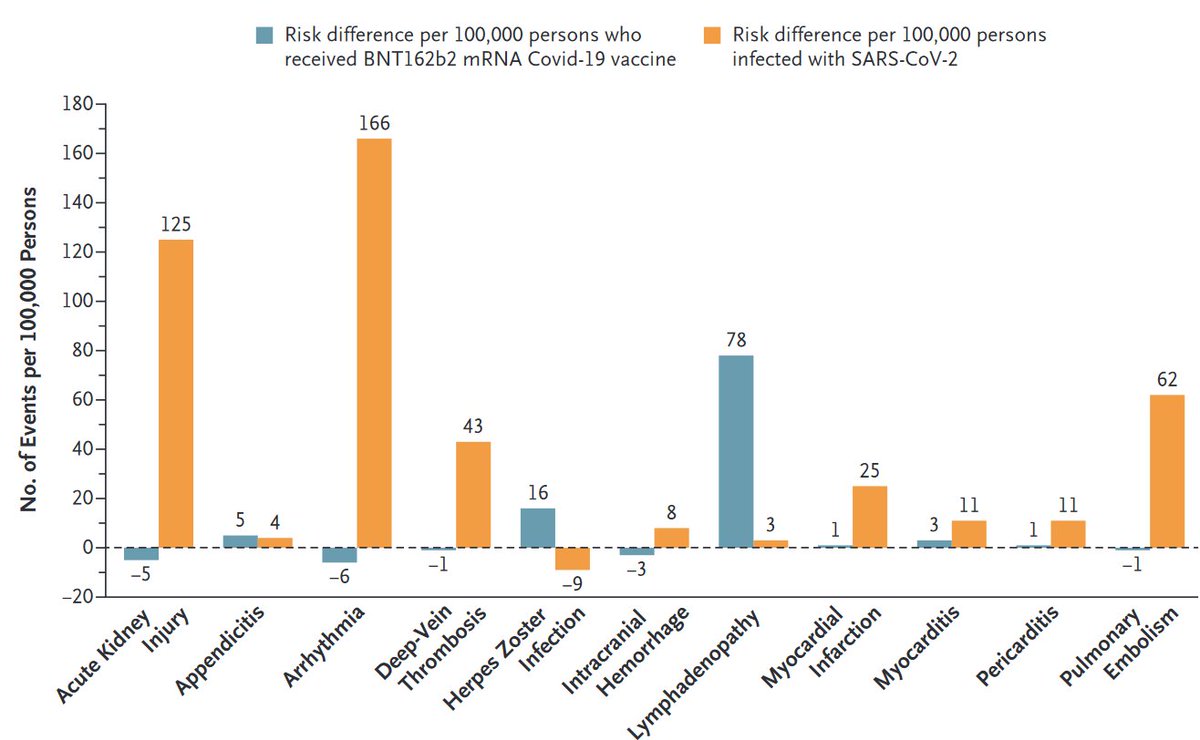1/ Five months ago I asked about a #stratifiedlockdown to handle #COVID19.
The idea was to restrict lockdowns to people over age 50 or with preexisting conditions while the rest of society lives a relatively normal life.
Time to revisit this approach.
The idea was to restrict lockdowns to people over age 50 or with preexisting conditions while the rest of society lives a relatively normal life.
Time to revisit this approach.
https://twitter.com/_MiguelHernan/status/1239227279512829953?s=20
2/ No country has explicitly adopted a #stratifiedlockdown, but many have implicitly defaulted into some version of it.
That is, governments haven't ordered older people and their cohabitants to stay home, but they do recommend those in vulnerable groups to be extremely careful.
That is, governments haven't ordered older people and their cohabitants to stay home, but they do recommend those in vulnerable groups to be extremely careful.
3/ As a result:
Many older people have chosen to live in a soft lockdown: no venturing into public spaces unless strictly necessary, few visits with relatives, regular use of face masks.
Many young people, feeling at low risk, have reverted to pre-pandemic social interactions.
Many older people have chosen to live in a soft lockdown: no venturing into public spaces unless strictly necessary, few visits with relatives, regular use of face masks.
Many young people, feeling at low risk, have reverted to pre-pandemic social interactions.
4/ That is, some elements of a stratified lockdown are already in place.
Is a soft #stratifiedlockdown a reasonable compromise to reduce human / health / economic costs?
With so much more data, can modelers now quantify whether this is a viable strategy?
Is a soft #stratifiedlockdown a reasonable compromise to reduce human / health / economic costs?
With so much more data, can modelers now quantify whether this is a viable strategy?
https://twitter.com/_MiguelHernan/status/1292087388454424578
5/ An outline of a soft #stratifiedlockdown:
Voluntary semi-seclusion of the elderly and vulnerable groups.
Face mask use and social distancing in the general adult population.
Reduced contact of children with people over 50 or vulnerable.
[Thoughts? Help make this precise.]
Voluntary semi-seclusion of the elderly and vulnerable groups.
Face mask use and social distancing in the general adult population.
Reduced contact of children with people over 50 or vulnerable.
[Thoughts? Help make this precise.]
6/ A quantitative discussion about the potential merits of a soft #stratifiedlockdown can inform the discussion about
school openings
demand for healthcare services
effective thresholds of herd immunity
testing and contact tracing procedures
equity of epidemic responses
etc
school openings
demand for healthcare services
effective thresholds of herd immunity
testing and contact tracing procedures
equity of epidemic responses
etc
7/ In the absence of prophylaxis or treatment, all we can do is wait out the coronavirus.
During the wait, the goal is not to minimize #SARSCOV2 infections and deaths, but the total amount of human suffering.
Let's explicitly compare a #stratifiedlockdown with its alternatives.
During the wait, the goal is not to minimize #SARSCOV2 infections and deaths, but the total amount of human suffering.
Let's explicitly compare a #stratifiedlockdown with its alternatives.
• • •
Missing some Tweet in this thread? You can try to
force a refresh








